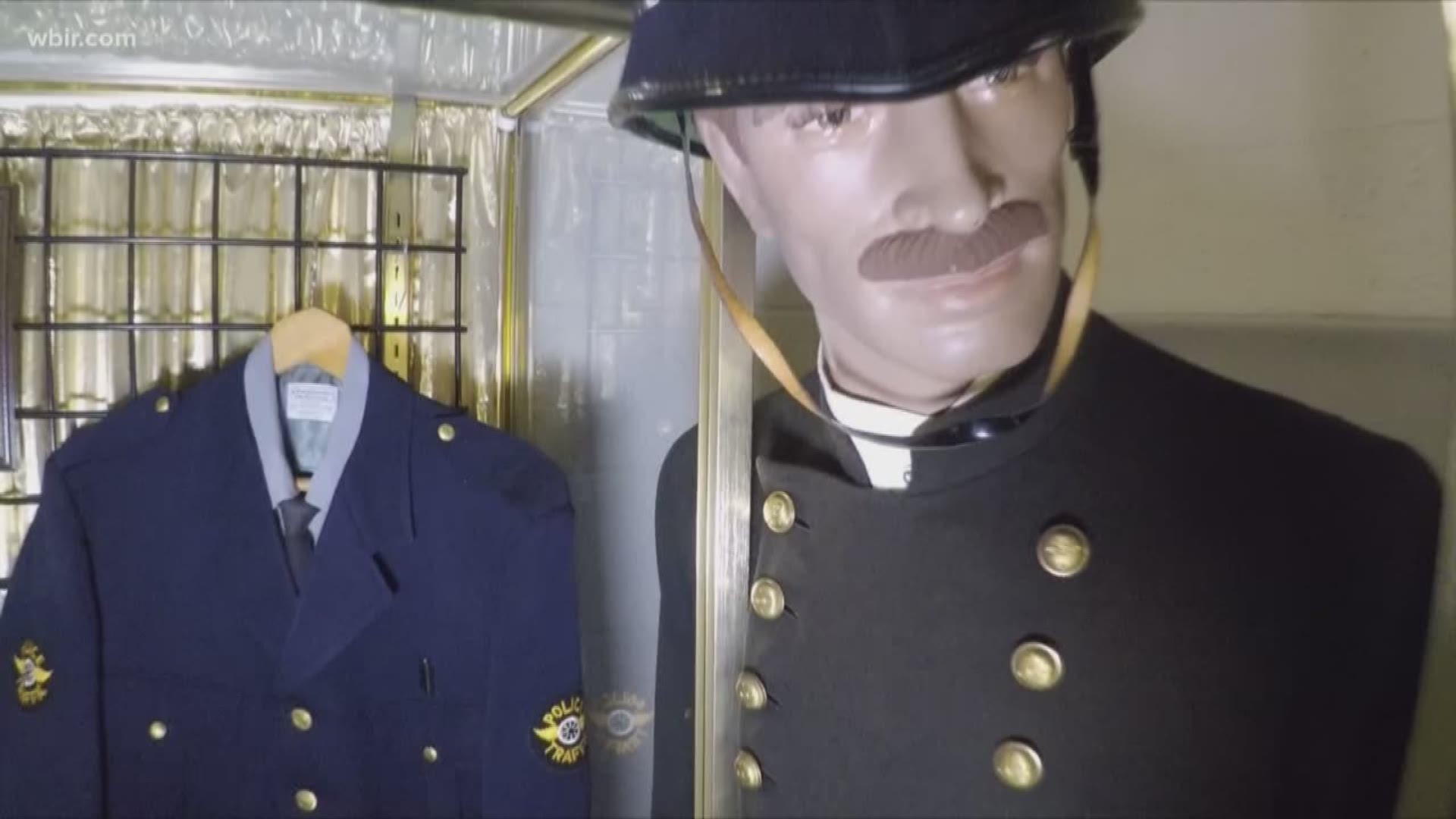KNOXVILLE, Tenn. — Locked behind the walls of the Knoxville Police Department's aging hilltop headquarters is a trove of artifacts that tell the story of a city's growth, a department's evolution and the changing face of crime.
Hundred-year-old mugshots, fingerprint forms, badges, uniforms, guns, an early drunk-detecting machine, historic photos, plaques, rosters, the original department polygraph. It's all here in a setting that could hardly be more apropos: the old city jail.

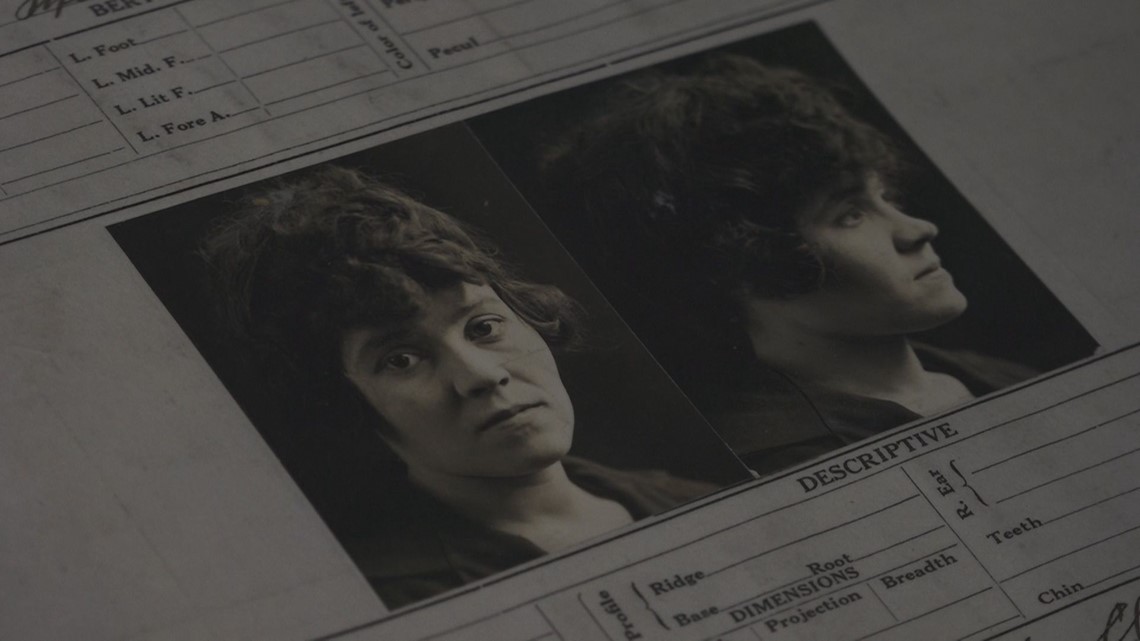
Twenty-year veteran KPD Major Crimes Investigator Jason Booker curates the museum and he's about to box it all up. The department is set to move from its Hill Avenue home of 50 years, perhaps to the former campus of Physicians Regional Medical Center, better known to locals as St. Mary's Hospital.
Booker has regrets about leaving. He's been in and out of the old Safety Center since he was a child. But he's also got hopes and dreams of making the KPD museum even bigger, with specific rooms dedicated to people and department operations of note.

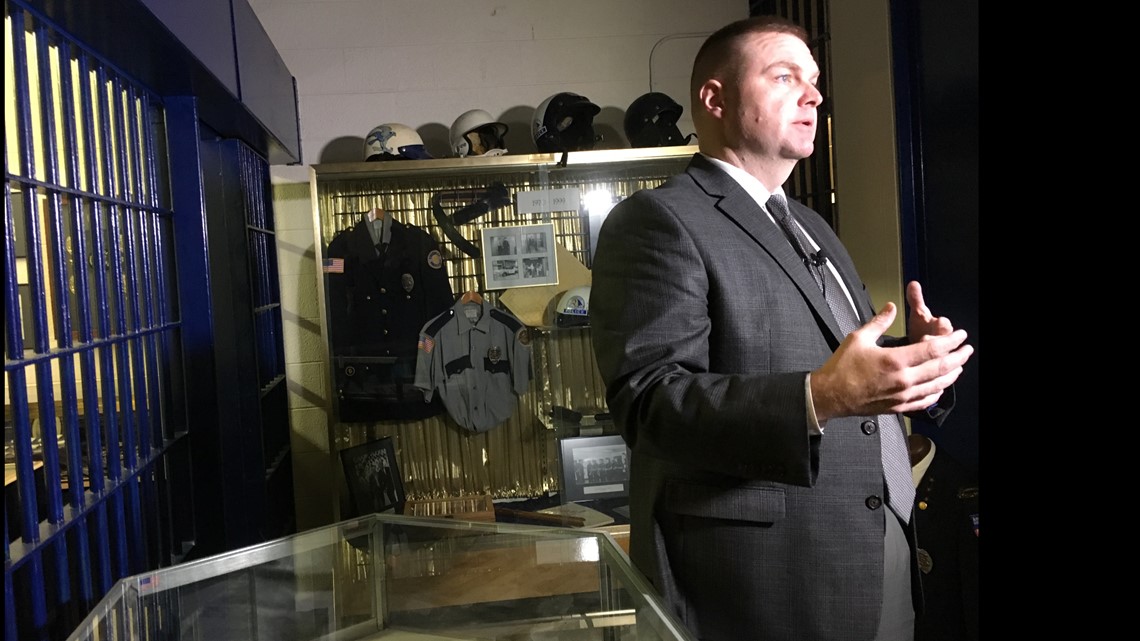
"As far as leaving here, it's bittersweet," he said, standing amid display cases and floor-to-ceiling metal bars. "This building has been here, operational, for 50 years, seven days a week. It's never been closed. I don't know that there's another building in Knoxville that can say that."
A teaching tool, a crime buff's dream
The city jail operated on KPD's second floor until the 1990s. It was built for some 75 prisoners. It often held many more than that.
It included a drunk tank that might hold a couple hundred people after a particularly rowdy University of Tennessee football game or a Vietnam War-era protest.
Past occupants have included soul singer James Brown, who got into a squabble with authorities after a concert in 1972. At least one prisoner took his own life behind these bars; so far as anyone knows, no one ever successfully escaped.

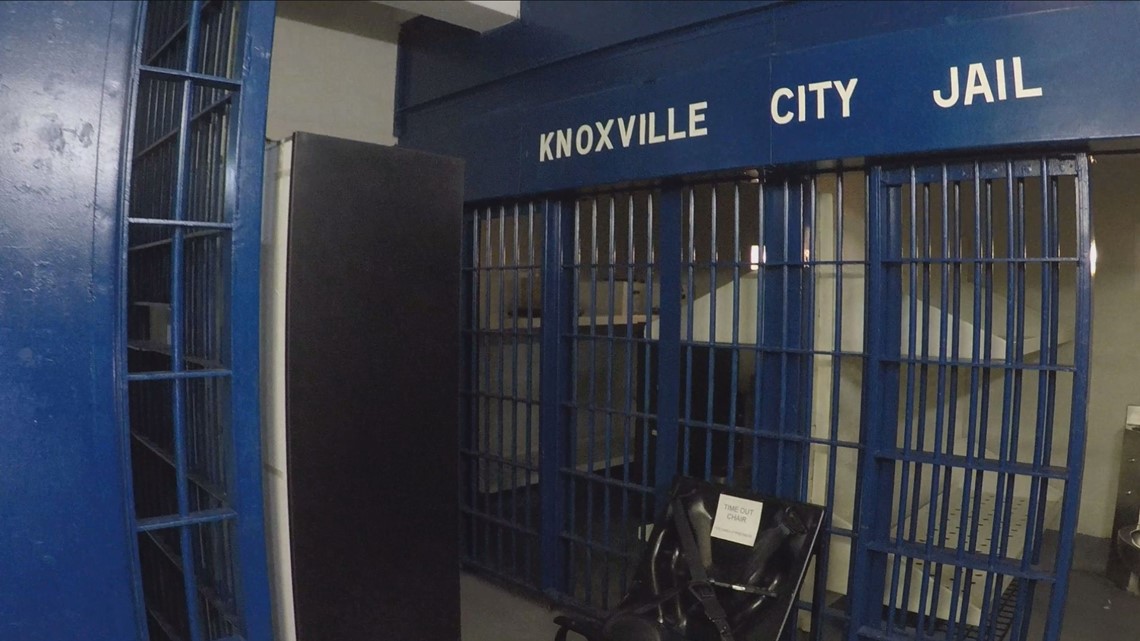
KPD's museum has been quietly growing over the last 20 years or so. Booker is just the latest overseer. He's been taking care of it about 10 years; he does it in addition to being a full-time investigator.
When he guided 10News through a tour of the museum's winding, sometimes narrow passages, he was in the midst of a shift that wouldn't end until 2 a.m.
Booker estimates some 500 to 600 people go through it a year during low-key community tours. Many of the visitors are Scouts, enthralled to be standing in cells that housed inmates.
The museum also is a teaching tool, a resource for the Police Department. Booker takes young officers through its many rooms, educating them on the department's rich history. Photos and testimonials remind visitors to honor the past and respect the future.


The museum "not only lets the community see where we came from, but the new officers see where we've come from and the shoes they are filling," he said. "One of the things I do as a historian is teach a class, a KPD history class for every new recruit class. I've done that the last several years. I want them to know where we came from and where we are going and for them to be a part of that."
KPD is more than 170 years old, with the city no doubt having some kind of a police force for many more years than that.
Booker said the department's previous headquarters have included the Market House -- long torn down -- in the middle of Market Square. Next, it occupied space at 409 N. Broadway for several decades in the 20th century before moving to the current center west of downtown.

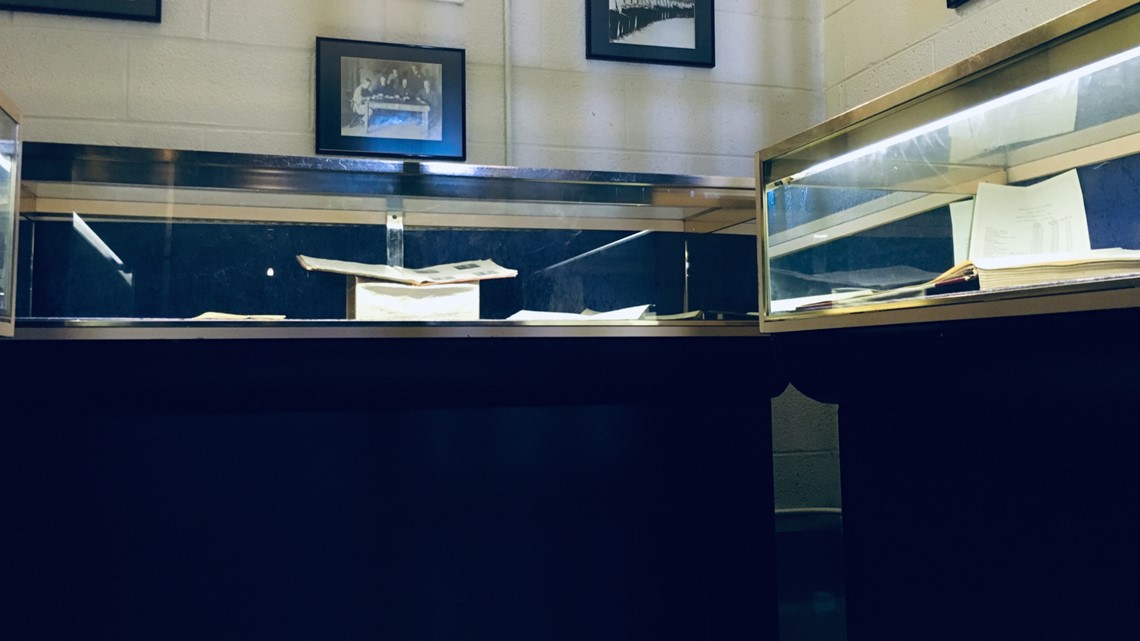
Gadgets and outlaws
The museum offers a rich archive.
On display are mugshots of people from a hundred years ago. Cases hold a variety of revolvers and semi-automatics that have been seized over the decades.
Here's a badge from the 1840s. There's a heavy, old, long-sleeve wool uniform, specifically designed to disguise the fact that the officer was carrying a gun.
A plaque tells the story of the department's first Blue Hawk --- the motorcycle force. KPD acquired a motorcycle in the early 1900s that was so primitive and treacherous no one could figure out how to ride it without getting killed. In 1909, a man named Levator Ford, a veteran of the Spanish-American War, joined the force and conquered the bike dubbed "The Orphan".

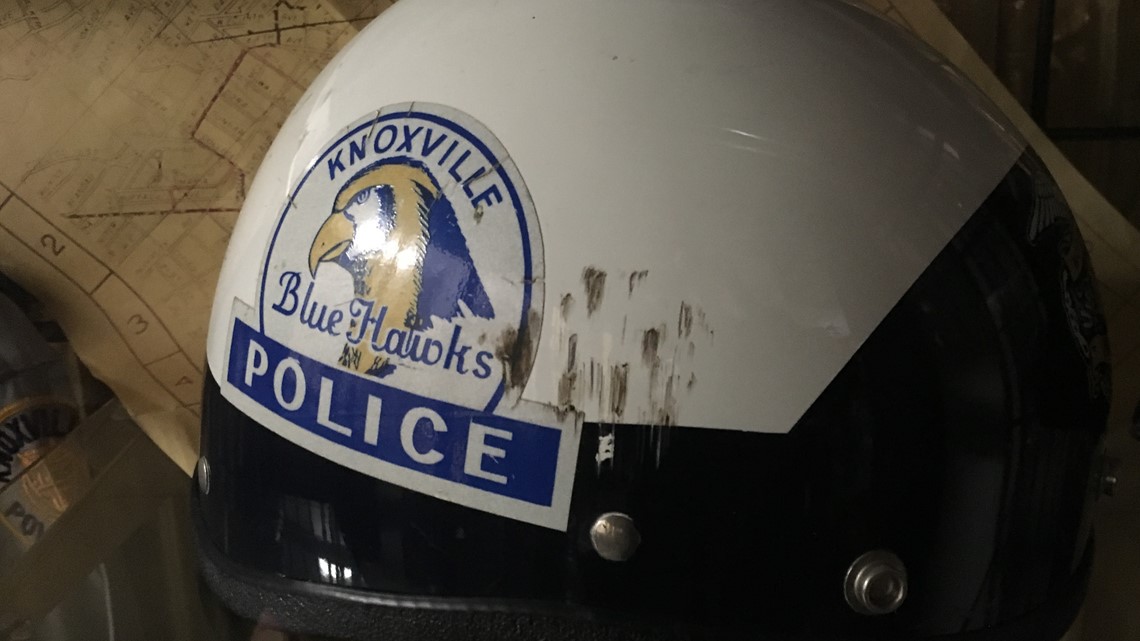
One of the museum's oddest objects is a wooden bench. Booker estimates it's 115 or 120 years old. Women inmates used it while scrubbing their laundry in big metal tubs.
Other unique items include the department's first "lie detector" test and an early drunk-testing machine, called the Harger Drunkometer. Defense attorneys would have a field day with it today.

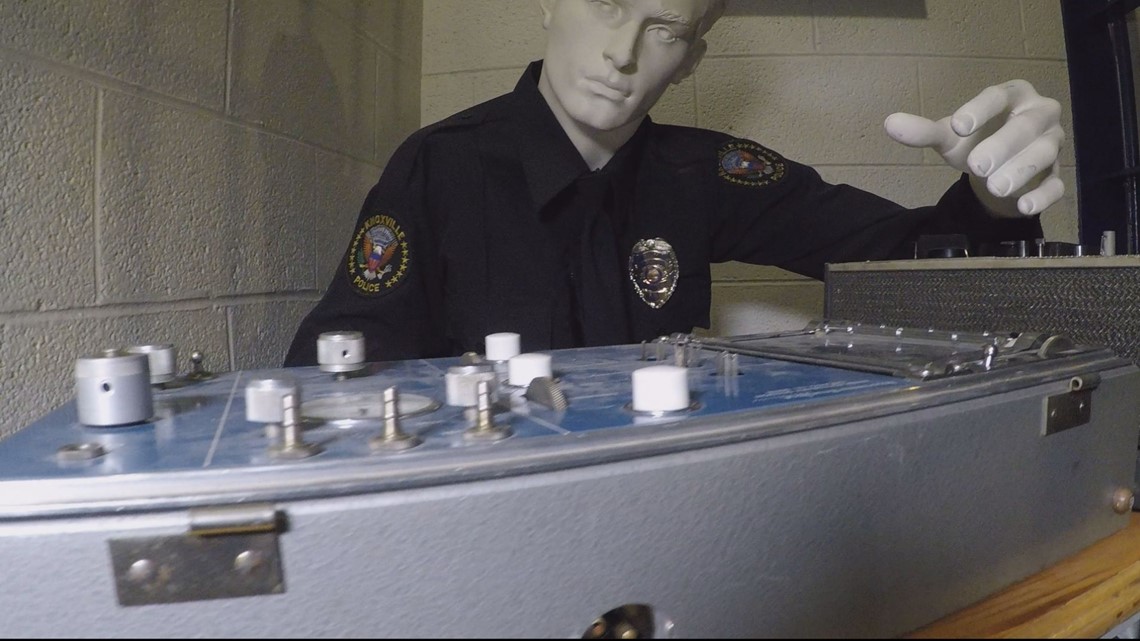
Sitting inside a display case is a flashlight that dates to the early 1900s. It was owned by William Dinwiddie, an officer who was shot by Harvey Logan, aka "Kid Curry" in a pool hall in what's now the Old City. The Kid was part of Butch Cassidy's "Wild Bunch" gang.
Logan also shot Dinwiddie's partner, Robert Saylor, and then fled to Jefferson County, where he was caught a couple days later. Dinwiddie and Saylor eventually succumbed to their injuries.
Curry killed himself two years later while on the run in Colorado. Film buffs will remember that actor Ted Cassidy played him in the film classic "Butch Cassidy and the Sundance Kid".

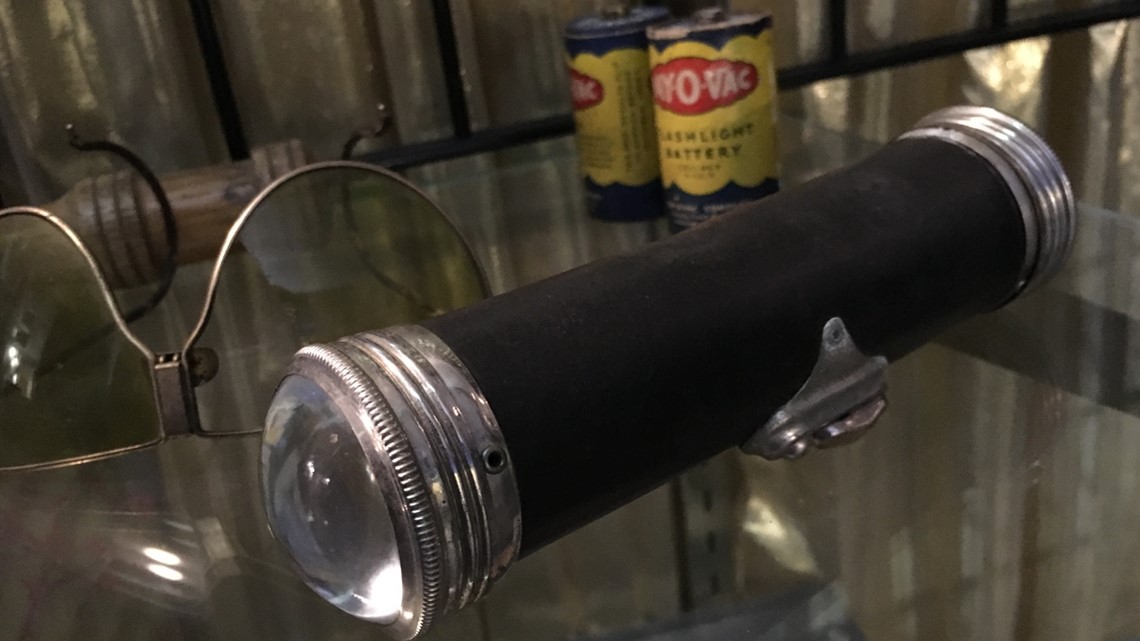
One museum wall also tells the story of the city's first black officers. KPD was among a handful of Southern cities that actually employed black officers, starting in the 1880s, Booker said.
The historian is particularly proud that KPD can display the ivory-handled pistol of an officer named Earnest Scruggs. He was the first black detective on the force, and he served for more than 40 years. His name is engraved on the handle. Scruggs' grandson, Steven, donated the weapon.
In a separate room, KPD honors those who have served and died wearing the uniform.

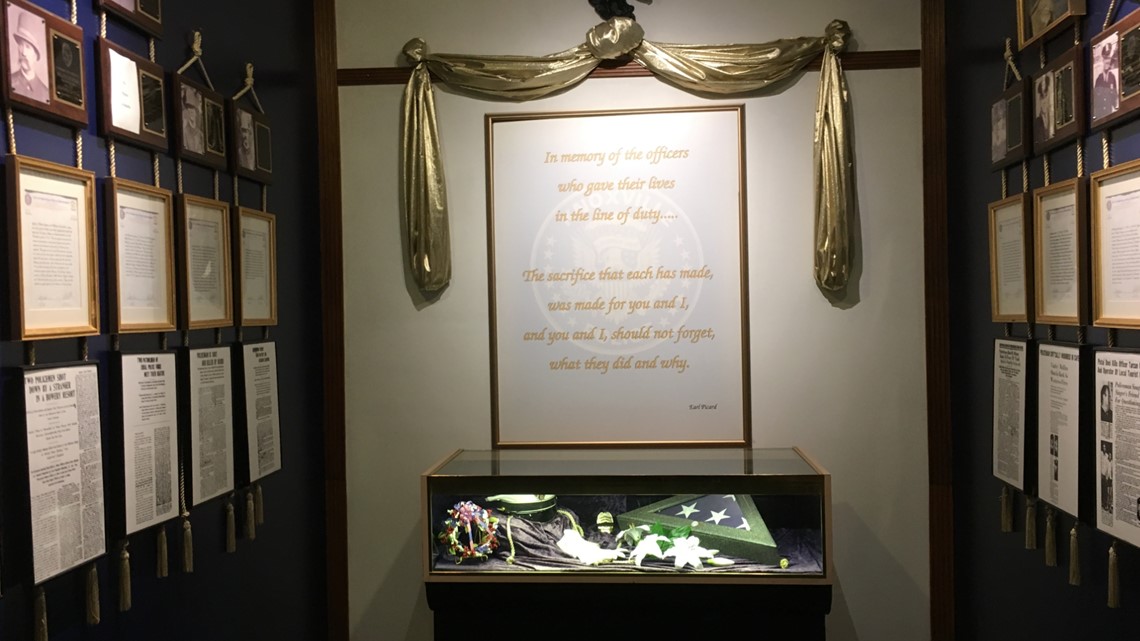
"We call that the Hall of Honor. It has the stories of every officer that has been killed in the line of duty in the department. We are lucky to have such a small number," Booker said.
Some 16 officers have died in the line of duty, according to the department's history book. Some were shot; some suffered fatal injuries in vehicle crashes.

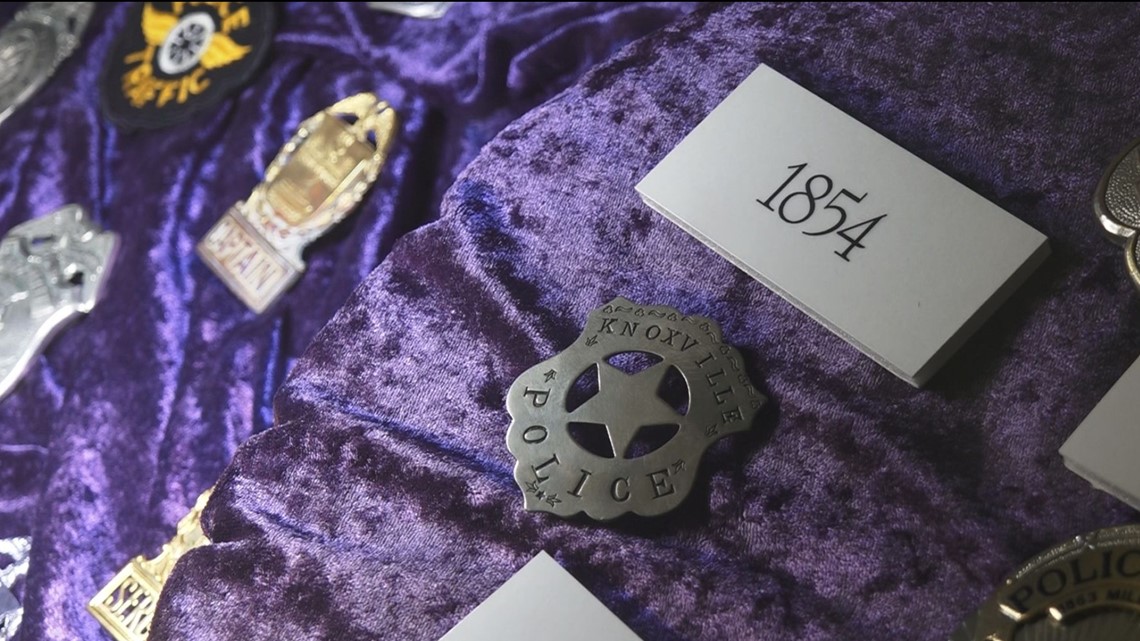
.Moving on, moving up
And now it must all be packed up. The old Safety Building is outdated and starting to fall apart.
The city is preparing to acquire the old Physicians Regional hospital in North Knoxville off Woodland Avenue for a police and fire headquarters. The project has an estimated price tag of $40 million, although that could go higher.

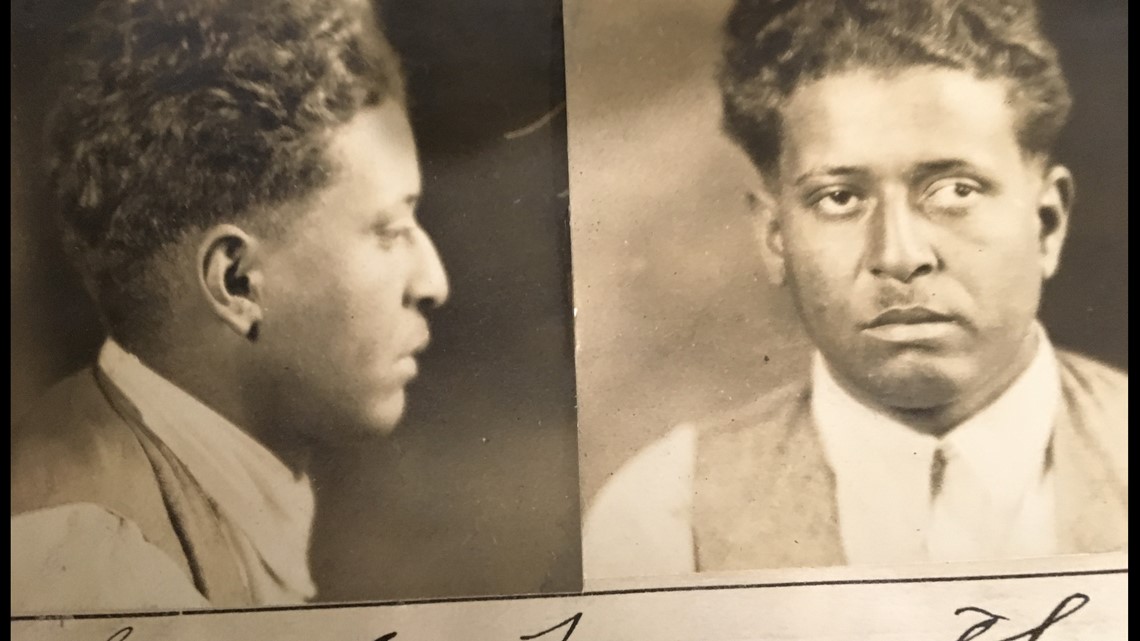
Booker is not alone among KPD officers who will miss the old building. By his estimation, the department has operated there longer than anywhere else in the city.
While there's a sense of urgency to get out, there's also no firm timetable to leave, according to city officials.
The move also comes as millionaire businessman and philanthropist Jim Clayton makes plans to build a science museum on the KPD site.
This year he hopes to tear down the KPD headquarters and begin building a world-class center for all ages. It's envisioned as a $100 million building with a $50 million endowment, to be provided by Clayton and the Clayton Family Foundation, documents state.

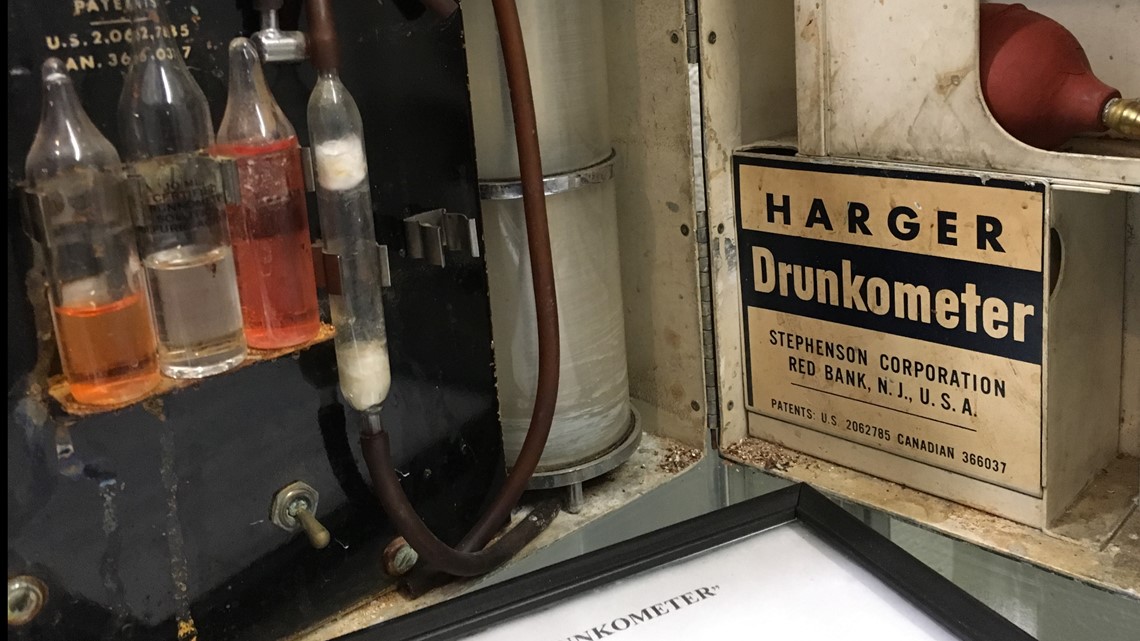
With the move, Booker hopes he can grow the KPD museum, gaining more space, better lighting, and perhaps a chance to highlight specific topics in specific rooms.
He has no budget. What if a sponsor decided to step up and help? That'd be even better, he said.
Booker also hopes to bring along pieces of the old jail when the new museum opens. To preserve another piece of history from a place that will soon be no more.
"The job of being a historian means a lot to me. Being a police officer means a lot to me. I got in this job to help people," he said. "With this (museum), I may not be helping people with their cases, but I'm helping them understand us, and I'm helping the agency, I believe in the outreach. Letting folks know what's behind the badge. Letting folks see where we came from. who we were. Who kind of makes up this place."

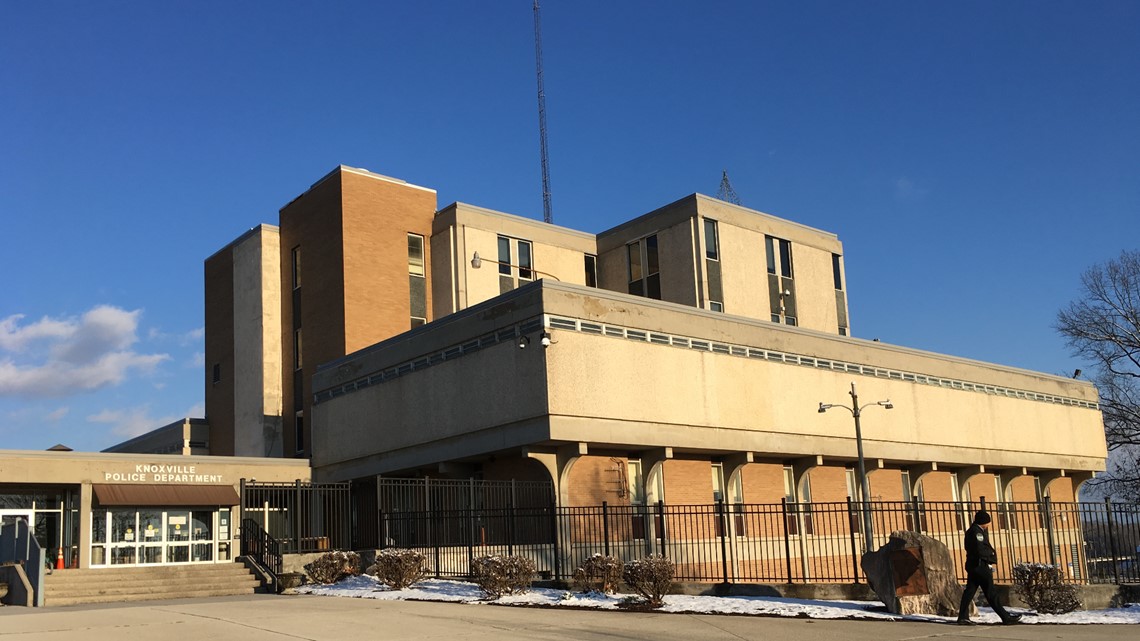
►Make it easy to keep up-to-date: Download the WBIR 10News app now and sign up for our Take 10 Lunchtime Newsletter.
Have a news tip? Email 10Listens@wbir.com, or visit our Facebook page or Twitter feed.

